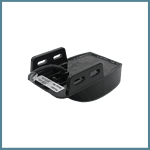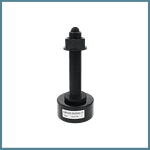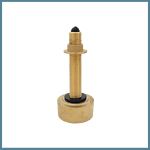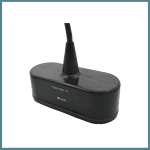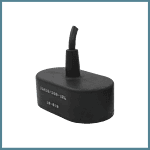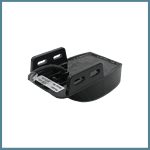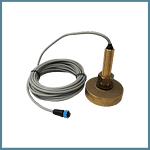Comparing ONWA Transducers and How to Choose the Right One
Marine electronics play a pivotal role in modern navigation and fishing, with transducers being a core component. These devices convert electrical signals into sound waves and vice versa, allowing fishfinders and sonar systems to visualize underwater environments effectively. ONWA Marine Electronics, a reputable brand in the industry, offers a diverse range of transducers tailored to various marine needs. This comprehensive guide delves into ONWA transducers, comparing their features, and providing insights on selecting the most suitable model for your vessel.
Introduction
ONWA Marine Electronics is celebrated for its top-notch marine technology, with its transducers being a testament to this excellence. The right transducer can make a significant difference in your marine navigation and fishing endeavors. This guide aims to provide an in-depth understanding of the different ONWA transducers available, assisting you in making an informed choice tailored to your specific requirements.
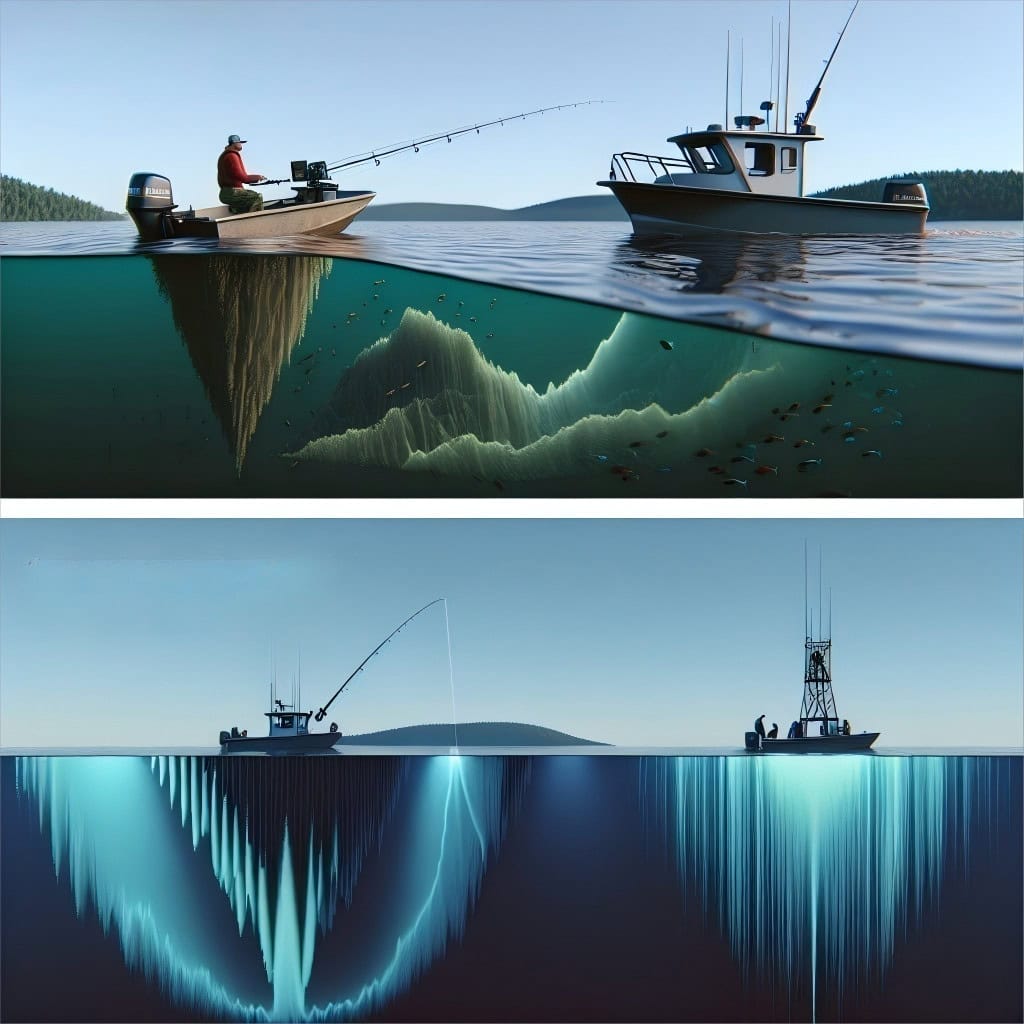
Overview of ONWA Transducers
ONWA offers a broad spectrum of transducers, each designed for distinct applications, including dual frequency models, heavy-duty options, and transducers equipped with temperature sensors. Below is an exploration of some of the key transducers in ONWA’s product lineup.
NBM-40-50/200T Dual Frequency Plastic Transducer
The NBM-40-50/200T is a versatile dual frequency transducer constructed from plastic and equipped with a built-in temperature sensor. Operating at frequencies of 50 kHz and 200 kHz, it caters to both shallow and deep-water applications. Its plastic build ensures it is lightweight and economical, making it ideal for smaller vessels. This model is particularly advantageous for users looking for a cost-effective solution without compromising on performance.
NMM-40-50/200T Dual Frequency Bronze Transducer
Similar to the NBM-40-50/200T, the NMM-40-50/200T operates at dual frequencies but features a bronze construction. This material provides enhanced durability, suitable for larger boats or more demanding marine environments. The built-in temperature sensor adds functionality for precise readings, a requirement for commercial vessels under class survey. This transducer is ideal for users who require a robust and long-lasting device.
TGM-50-200A / TGM-60-50A 2 kW Heavy Duty Transducer
Designed for heavy-duty applications, these transducers boast a power handling rating of 2 kW, ideal for professional use. The TGM-50-200A and TGM-60-50A excel in deep waters, thanks to their robust design, ensuring durability and reliability under demanding conditions. They are compatible with ONWA’s KFish-12. These models are perfect for serious anglers and commercial operations needing superior deep-water performance.
TGM-50/200B-12L 1 kW Heavy Duty Transducer
The TGM-50/200B-12L is a 1 kW heavy-duty transducer suitable for both recreational and commercial use. It offers reliable performance and durability, making it a versatile choice for various marine environments. Its lower power rating compared to the 2 kW models makes it more energy-efficient while still providing high-quality readings. This transducer is ideal for users who need a balance between performance and energy consumption.
TMM-40-50/200X-T 1 kW Dual Frequency Transducer with Temperature Sensor
This model combines dual frequency capabilities with a temperature sensor, offering versatile performance for both shallow and deep waters. Its 1 kW power rating ensures efficient operation, while the temperature sensor adds another layer of data for comprehensive marine analysis. The TMM-40-50/200X-T is perfect for users needing a comprehensive transducer that delivers accurate temperature and depth readings.
KTD-520-TM Transom Mount Transducer
Adding to ONWA’s robust lineup is the KTD-520-TM transducer. This model is a transom-mounted transducer, which means it is designed to be mounted on the boat’s transom (the flat surface at the back of the hull). It offers a blend of versatility and performance, suitable for a variety of marine environments.
Features of the KTD-520-TM:
- Mounting Style: As a transom-mounted transducer, it is easy to install and ideal for smaller to medium-sized vessels.
- Frequency: It operates at dual frequencies, typically 50 kHz and 200 kHz, providing versatility for different fishing conditions.
- Temperature Sensor: The built-in temperature sensor offers additional data for more informed decision-making.
- Durability: Designed to withstand the rigors of marine environments, it offers a reliable option for recreational boaters.
Applications and Benefits: The KTD-520-TM transducer is perfect for anglers who require a transducer that can handle diverse conditions. Its dual frequency capability allows it to be effective in both shallow and deep waters, making it a versatile addition to any fishing setup. The temperature sensor enhances its utility, providing essential data that can improve fishing success rates.
Key Features and Specifications
Frequency Range and Applications
Dual frequency transducers, like the NBM-40-50/200T and NMM-40-50/200T, operate at 50 kHz and 200 kHz, making them suitable for both shallow and deep-water fishing. The lower frequency (50 kHz) penetrates deeper waters, while the higher frequency (200 kHz) provides detailed images in shallow waters.
Material and Durability
Transducers come in various materials, with plastic and bronze being common options. Plastic transducers are lightweight and cost-effective, ideal for smaller vessels. Bronze transducers, however, are more durable and suitable for larger craft, vessels under survey, or harsher marine environments.
Power Rating
Power ratings, measured in kilowatts (kW), determine a transducer’s ability to transmit and receive signals. Higher power ratings, like 2 kW in the TGM-50-200A, provide better performance in deep waters. Lower power ratings, such as 1 kW in the TGM-50/200B-12L, are more energy-efficient and still offer reliable performance.
Temperature Sensing
Built-in temperature sensors, available in models like the NBM-40-50/200T and TMM-40-50/200X-T, provide additional data useful for fishing and environmental monitoring. Accurate temperature readings can help identify ideal fishing spots and monitor water conditions.
Choosing the Right ONWA Transducteur
Identify Your Needs
First, consider the primary purpose of your transducer. Are you focused on shallow or deep-water fishing? Do you need additional features like temperature sensing? Understanding your specific needs will help narrow down the options.
Evaluate the Environment
The material and durability of the transducer are crucial factors. If you operate in harsh marine environments, a bronze transducer like the NMM-40-50/200T will offer better longevity. For calmer waters, a plastic transducer will generally be sufficient.
Consider Power Requirements
Higher power transducers provide better performance in deep waters but consume more energy. If you primarily fish in deep waters, opt for a higher power rating like the 2 kW TGM-50-200A. For more energy-efficient operation, a 1 kW transducer will suffice.
Budget and Compatibility
Determine your budget and ensure the transducer is compatible with your existing marine electronics. ONWA transducers are designed to integrate seamlessly with ONWA chartplotters and fishfinders. Heavy-duty transducers pair with the KFish-12, while others are compatible with the KP and KM series chartplotters and KFish-7.
FAQs
What is the difference between plastic and bronze transducers? Plastic transducers are lightweight and cost-effective, suitable for smaller vessels and calmer waters. Bronze transducers are more durable, ideal for larger boats and harsh marine environments.
How do dual frequency transducers work? Dual frequency transducers operate at two different frequencies, typically 50 kHz for deep waters and 200 kHz for shallow waters, providing versatility for various fishing conditions.
Why are temperature sensors important in transducers? Temperature sensors provide additional data on water conditions, helping identify ideal fishing spots and monitor environmental changes, enhancing overall fishing success.
What power rating should I choose for my transducer? Choose a power rating based on your fishing environment. Higher power ratings like 2 kW are suitable for deep waters, while 1 kW transducers offer energy-efficient performance for shallower waters.
Are ONWA transducers compatible with other brands of marine electronics? No, ONWA transducers are specifically designed to pair with ONWA electronic devices and are not compatible with other brands.
How often should I replace my transducer? Transducers are durable and can last many years with proper care. However, if you notice a decline in performance or physical damage, it may be time to replace your transducer.
Conclusion
Choosing the right transducer from ONWA Marine Electronics can significantly enhance your marine navigation and fishing experience. By understanding the different types of transducers, their features, and how they align with your specific needs, you can make an informed decision. Whether you are a recreational boater or a commercial operator, ONWA offers reliable and high-performance transducers tailored to.


